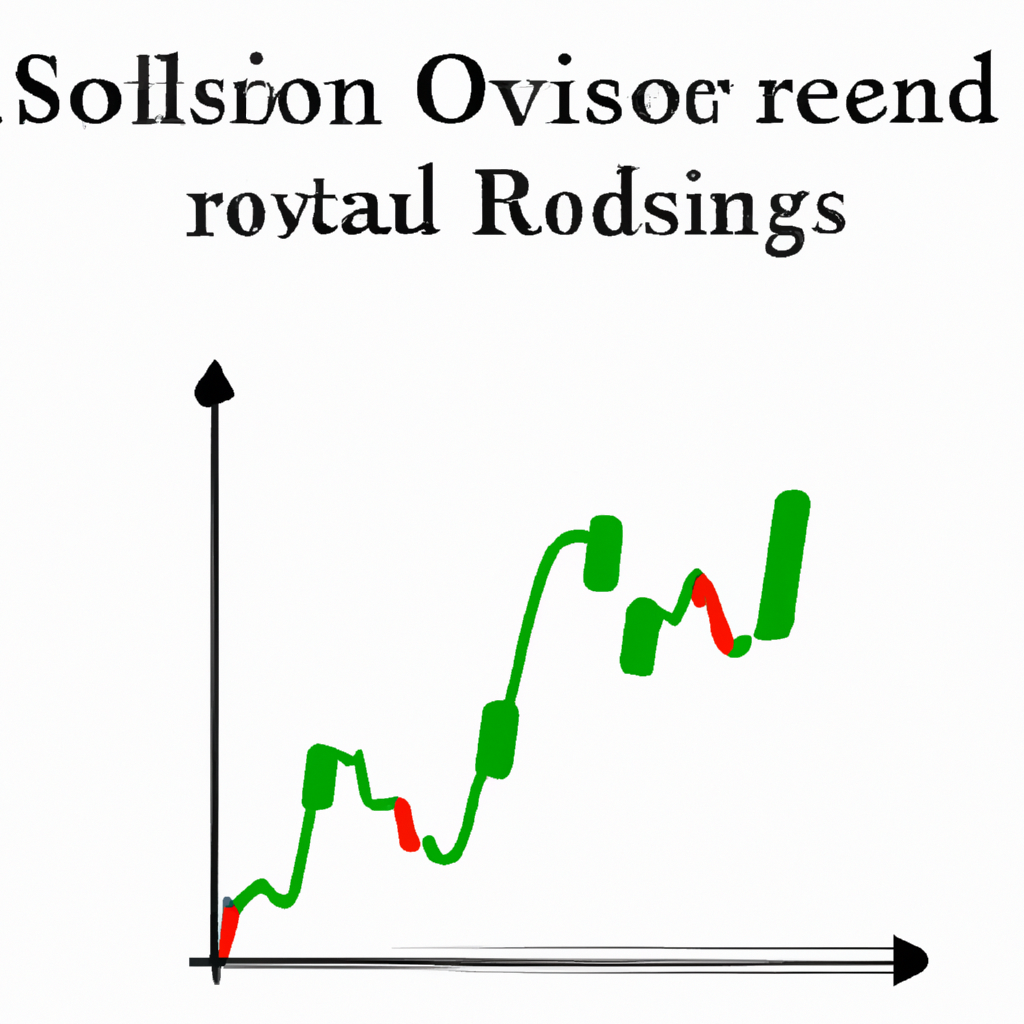
RSI Oscillator Strategies: A Powerful Tool for Trading
The Relative Strength Index (RSI) oscillator is a widely used technical indicator that can help traders identify overbought or oversold conditions in the market. This oscillator measures the speed and change of price movements and provides valuable insights into potential reversals or trend continuations. In this article, we will explore some effective RSI oscillator strategies that can enhance your trading decisions.
1. RSI Divergence Strategy
RSI divergence occurs when the price of an asset moves in the opposite direction of the RSI indicator. This divergence often indicates a potential reversal in the current trend. Here are the steps to implement an RSI divergence strategy:
- Identify a trend: Determine whether the market is in an uptrend or downtrend.
- Look for divergence: Monitor the RSI indicator for divergences with the price. Bullish divergence occurs when the price makes lower lows, but the RSI makes higher lows. On the other hand, bearish divergence occurs when the price makes higher highs, but the RSI makes lower highs.
- Confirm the divergence: Validate the divergence signal by analyzing other technical indicators or price patterns.
- Take action: Once the divergence is confirmed, consider entering a trade in the direction opposite to the current trend. Use appropriate risk management techniques and set stop-loss orders.
- Monitor the trade: Keep a close eye on the trade and consider taking profits or adjusting your stop-loss levels based on further price action.
2. RSI Overbought/Oversold Strategy
The RSI oscillator can also be used to identify overbought or oversold conditions in the market. When the RSI value exceeds a certain threshold (e.g., 70), it suggests that the asset is overbought and a price correction may occur. Conversely, when the RSI value falls below a specific level (e.g., 30), it indicates that the asset is oversold and a potential buying opportunity may arise. Here’s how to implement this strategy:
- Set the overbought and oversold thresholds: Determine the RSI levels that will define overbought and oversold conditions based on the asset’s historical price behavior.
- Identify overbought and oversold signals: Monitor the RSI indicator and wait for it to cross the predetermined thresholds.
- Confirm the signal: Validate the overbought or oversold signal by analyzing other technical indicators or price patterns.
- Take action: Once the signal is confirmed, consider entering a trade in the direction opposite to the current price movement. Use appropriate risk management techniques and set stop-loss orders.
- Monitor the trade: Regularly assess the trade’s progress and consider taking profits or adjusting your stop-loss levels based on further price action.
3. RSI Trendline Break Strategy
Trendlines are commonly used to identify the direction of a market trend. Combining trendlines with the RSI oscillator can provide powerful trading signals. Here’s how to implement an RSI trendline break strategy:
- Draw trendlines: Identify the trend by drawing trendlines connecting the highs or lows of the price action.
- Monitor the RSI: Observe the RSI indicator and look for a break of the trendline drawn on the indicator itself.
- Confirm the breakout: Validate the breakout signal by analyzing other technical indicators or price patterns.
- Take action: Once the breakout is confirmed, consider entering a trade in the direction of the breakout. Use appropriate risk management techniques and set stop-loss orders.
- Monitor the trade: Continuously monitor the trade’s progress and consider taking profits or adjusting your stop-loss levels based on further price action.
Remember, no trading strategy is foolproof, and it’s crucial to practice proper risk management and conduct thorough analysis before making any trading decisions. The RSI oscillator, when used in conjunction with other tools and indicators, can significantly enhance your trading strategies and help you make more informed trading choices.





